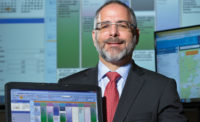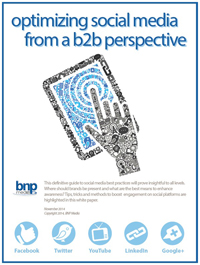More than 60 years ago, the alarm industry lobbied the FCC for a number of frequencies at the 450 MHz business band for voice by alarm companies listed by Underwriters Laboratories (UL), Edison Testing Laboratories (ETL), or FM Approvals. The use of “offsets” — the frequencies between the voice channels, both those set aside for listed companies and other such frequencies — became popular for wireless alarm data systems such as AES-Intellinet and others.
While the use of cellular has essentially replaced this practice, I have often written that having voice backup on UHF may be useful during a natural disaster. This has been proven to be true time and again.
If your monitoring company holds an ultra-high frequency (UHF) radio license to use a 450 MHz band radio for voice or data, this article may be helpful to you. If your company is not listed, you should consider it. Even if you are not a central station company, a couple of listings will qualify you for a listed frequency.
In order to use a frequency set aside for listed companies, your company must be listed for central station service by UL, ETL, or FM. This is dictated by FCC Part 90, section 90.35, note 63.
The use of any of these frequencies requires an FCC license. These are granted for 10 years and available for a nominal fee from the FCC after preparing the necessary form and going through a coordination process.
For the past 18 months, I have served as a volunteer coordinator for the listed frequencies. In that time, I’ve seen a number of issues crop up when companies apply for FCC licensing. Three features of the listed offsets to consider are:
- Customer units are considered “mobile,” not “fixed” stations. This is useful for two reasons: each customer’s location doesn’t need a license, and the customer’s location is hidden from the public.
- The transmitter power output is 2 watts out of the transmitter, not ERP (effective radiated power), so any gain antenna can be used.
- Antenna height is 20 feet above a man-made structure rather than above ground, making installation much easier, especially if an outdoor antenna is required.
These three features are important and unique to the listed offsets and are not present in all the possible offsets available. The Monitoring Association (TMA)’s Alarm Industry Communications Committee (AICC) was instrumental in having these rules implemented in the 1980s.
In my work as volunteer coordinator, I’ve also observed many companies letting an FCC license lapse without renewal. This is dangerous for two reasons. First, operating a radio system without a license is against the law and you can be subject to a substantial fine if caught. Second, since your frequency or frequencies will show as unused on the FCC database, they could give them to another company seeking a license.
After the FCC issues a license, it requires a system to be constructed within one year. Failure to do so forfeits the license —the second most important issue for licenses being canceled by the FCC.
Another issue to consider is emission. The correct emission for a data system such as AES-Intellinet is 11K2F2D. This means it is 11.2 kHz bandwidth FM digital data. Since “narrow-banding” occurred several years ago, 11.2 kHz is the correct bandwidth for these systems as they are designed. A few licenses still show a wider bandwidth. The FCC can and will reject renewals bearing the wider bandwidth designation.
An additional consideration is geography. The FCC will accept a radius for 80 kilometers for these systems and will reject a greater radius unless the company shows cause for the greater radius.
Finally, the FCC is transitioning from the U.S. mail to email to communicate with licensees, so you should have a valid email address on file with the FCC. Larger companies with some turnover should consider using a mailbox such as FCC@(mycompany.com), or whatever is suitable for you. This mailbox can be monitored by several people at your company to prevent missing an important email from the FCC.





